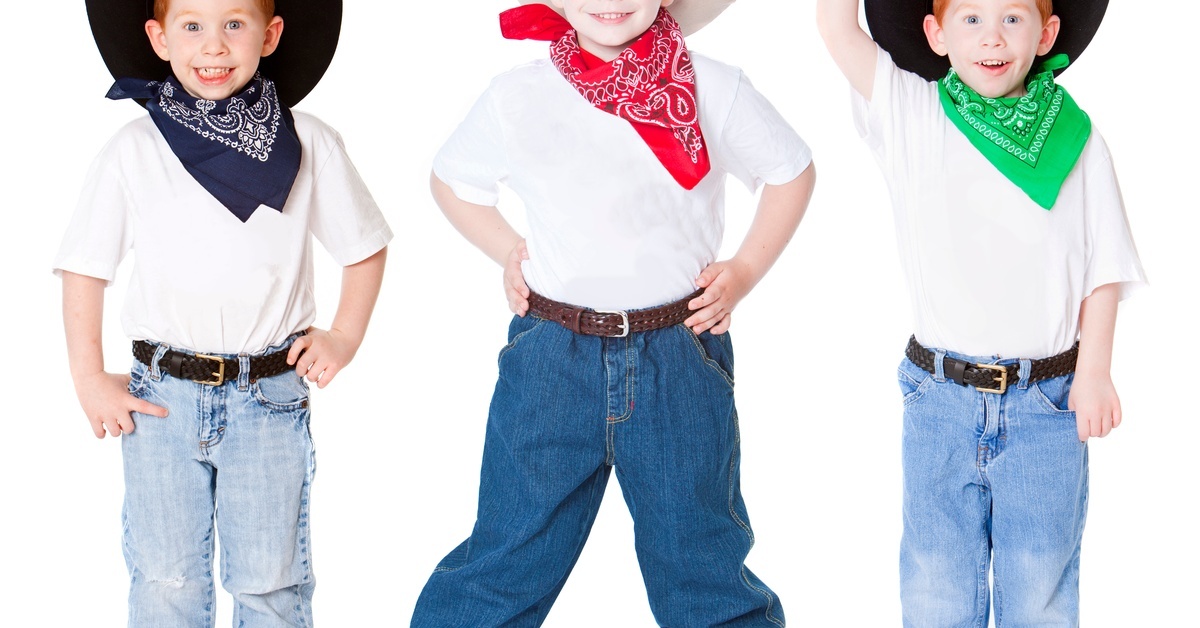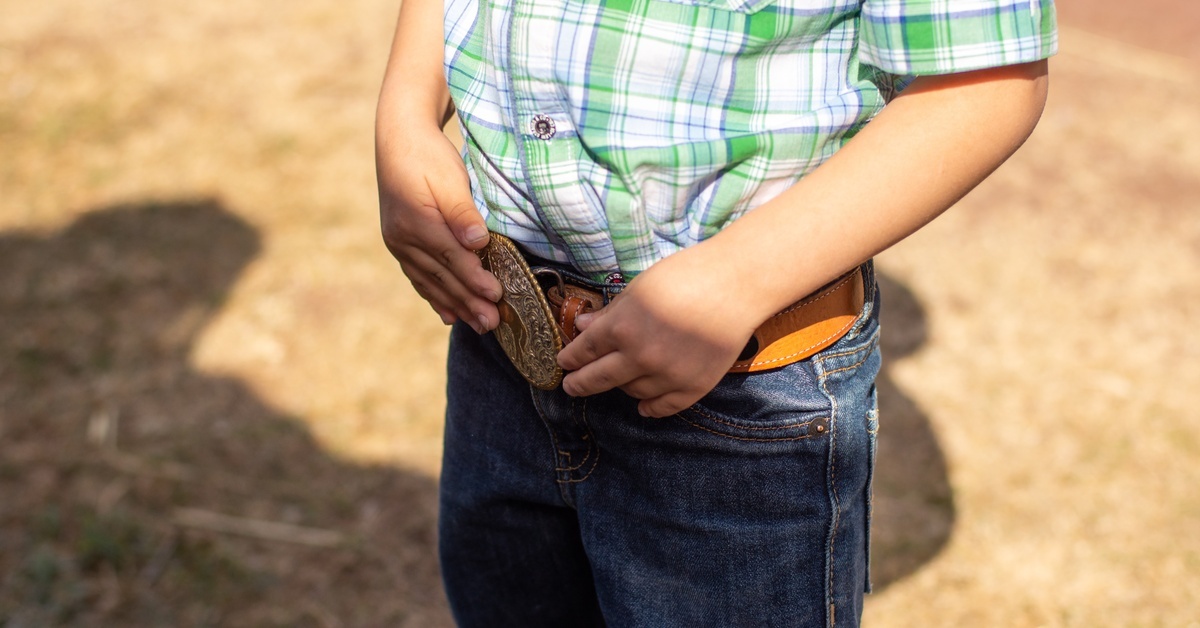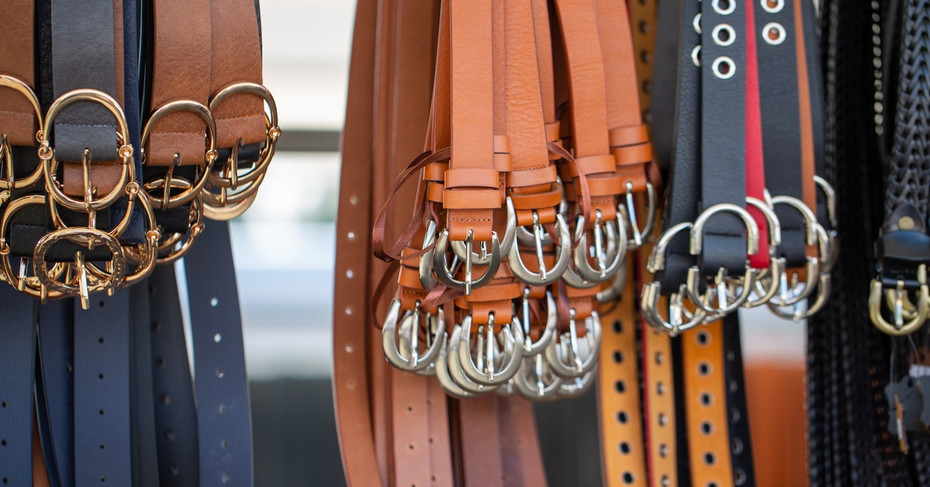Choosing the right size belt for your child involves more thought than simply picking one that looks good. A belt that fits well can help a child feel confident, comfortable, and unrestricted in their daily activities. However, an improperly fitted belt can lead to discomfort, frustration, and even deter kids from wearing them altogether. Make shopping easier for yourself and your little one with these tips for choosing the right size belt for your child.
The Problem With Oversized Belts
Oversized belts might seem like a safe choice at first, especially since kids tend to outgrow their clothing quickly. Parents might think they’re getting more value by sizing up, but an oversized belt often creates more problems than it solves. When a belt is too long, it becomes difficult to secure properly. The excess length might dangle awkwardly or require additional loops that aren’t actually present on your child’s pants.
More importantly, oversized belts fail to do the job they were designed for. Instead of keeping pants securely in place, a loose belt will slip and shift around, leading to constant adjustments. The child might find themselves tugging at their belt throughout the day, which can be distracting, especially during activities that require their full attention, like playing outside or focusing at school. An oversized belt simply doesn’t provide the balance and security that your child needs.
The Problem With Undersized Belts
On the opposite end of the spectrum, a belt that’s too small can cause immediate and noticeable discomfort. A belt that is too tight will dig into your child’s waist, leaving marks on their skin and making everyday activities like sitting or bending over unpleasant. Tight belts can also restrict natural movement, leaving active kids feeling encumbered and agitated.
An undersized belt also creates frustration when trying to fasten it. If the belt barely fits or doesn’t fit at all, there might be issues securing it comfortably on the first or second hole. This process can be disheartening for children and might turn them off from trying to wear a belt altogether. Kids should feel empowered to get dressed independently, not frustrated because their belt simply doesn’t fit as it should.
How To Know It’s Right

The key to identifying the perfect belt size for your child lies in a combination of comfort, flexibility, and sturdiness. First and foremost, the belt should fit snugly around the waist without feeling tight or restrictive. Kids should easily be able to move, sit, and run without the belt pinching or sliding out of place.
Flexibility is another crucial factor. Children's belts should have enough give to allow for natural movements without becoming rigid. This ensures that your child can keep up with the dynamic range of daily activities, from school to playtime.
Finally, a good belt should be sturdy enough to hold its shape while still being lightweight. The buckle should fasten securely without requiring too much strength, enabling kids to manage their belts on their own with ease. Pay attention to construction details like stitching and material quality to ensure the belt lasts long and will not wear prematurely.
Understanding Belt Sizes
Belt sizing might appear confusing at first, especially with different labeling systems in use. Generally, there are two main types of sizing used for belts: numeric sizes and categories like small, medium, and large.
Numeric sizing is often used in more specific situations. These sizes generally correlate to your child’s waist measurement and are typically listed in inches. This system tends to offer a more precise fit and ensures fewer chances for error.
On the other hand, category-based sizing, such as small, medium, and large, is less specific but still functional. These sizes often cover a range of waist measurements, with charts available to help you map these categories to specific inches.
Size charts are valuable tools when shopping for children’s belts. Be sure to review them carefully and measure your child’s waist properly to choose the most appropriate fit. Remember, it’s always better to go for a belt with some extra holes for adjustability rather than one that fits on the tightest setting from the start.
Measuring Your Child
Getting an accurate waist measurement is essential when it comes to choosing the right belt size for your child. To start, allow your child to wear the type of clothing they would most likely pair with a belt. For instance, if they usually wear the belt with jeans, have them wear jeans during the measurement process, as fabric thickness can slightly affect the result.
Have your child stand upright and relaxed while you measure their waist. Wrap the measuring tape snugly around their waistline, where the top band of their pants normally rests—not too high or too low on the hips. Be sure not to pull the tape too tightly or leave it too loose. The goal is to get an accurate measurement that represents their natural waist size.
Once you have the measurement, add an inch or two for comfort and adjustability. This will ensure that the belt isn’t sitting directly at the tightest fit. With this measurement in hand, you’ll have a clear guide to choosing a belt that fits perfectly, whether using numeric or category sizes.
Trying It On
After selecting a size based on your child’s measurements, it’s important to have them try the belt on before finalizing the purchase, if possible. When your child puts on the belt, check that it fastens comfortably and securely on one of the middle holes. Belts that fit on the first or last hole might indicate that you should recheck the sizing, as you’ll want room for adjustments in case of growth or minor weight fluctuations.
Observe how the belt sits on their waist when they’re moving. Have them walk, bend, and sit while wearing it to ensure there’s no slipping or pinching. The buckle should remain centered, and the belt should lie flat against their waistband without twisting or folding. A properly fitting belt should look and feel natural without drawing unwanted attention or needing constant adjustments.
Materials and Comfort

Material choice also plays a significant role in the comfort and functionality of a child’s belt. Lightweight, breathable materials are typically best for children, as they won’t weigh them down or cause discomfort during extended wear. Leather belts, for example, are durable and stylish but can sometimes be stiff, which might not suit very young kids. Look for leather belts that are pre-treated for softness.
Alternatively, belts made of woven fabric or elastic materials can be excellent choices for active children. These options provide flexibility and can easily move with your child throughout their daily activities. They also often feature adjustable buckles or closures, making them convenient for growing kids.
Whichever material you choose, make sure the inside of the belt is smooth and free from sharp edges or protruding stitching that could irritate sensitive skin. Prioritizing comfort ensures that your child not only looks great but feels great wearing their new belt, too.
Choosing a Belt Your Child Will Love
Eli’s Western Wear makes it easy to find kids’ Western belts and other functional, fashionable apparel. Shop our wide selection of belts today to find comfortable, stylish, and durable options your kids will love.
 US Dollars
US Dollars

